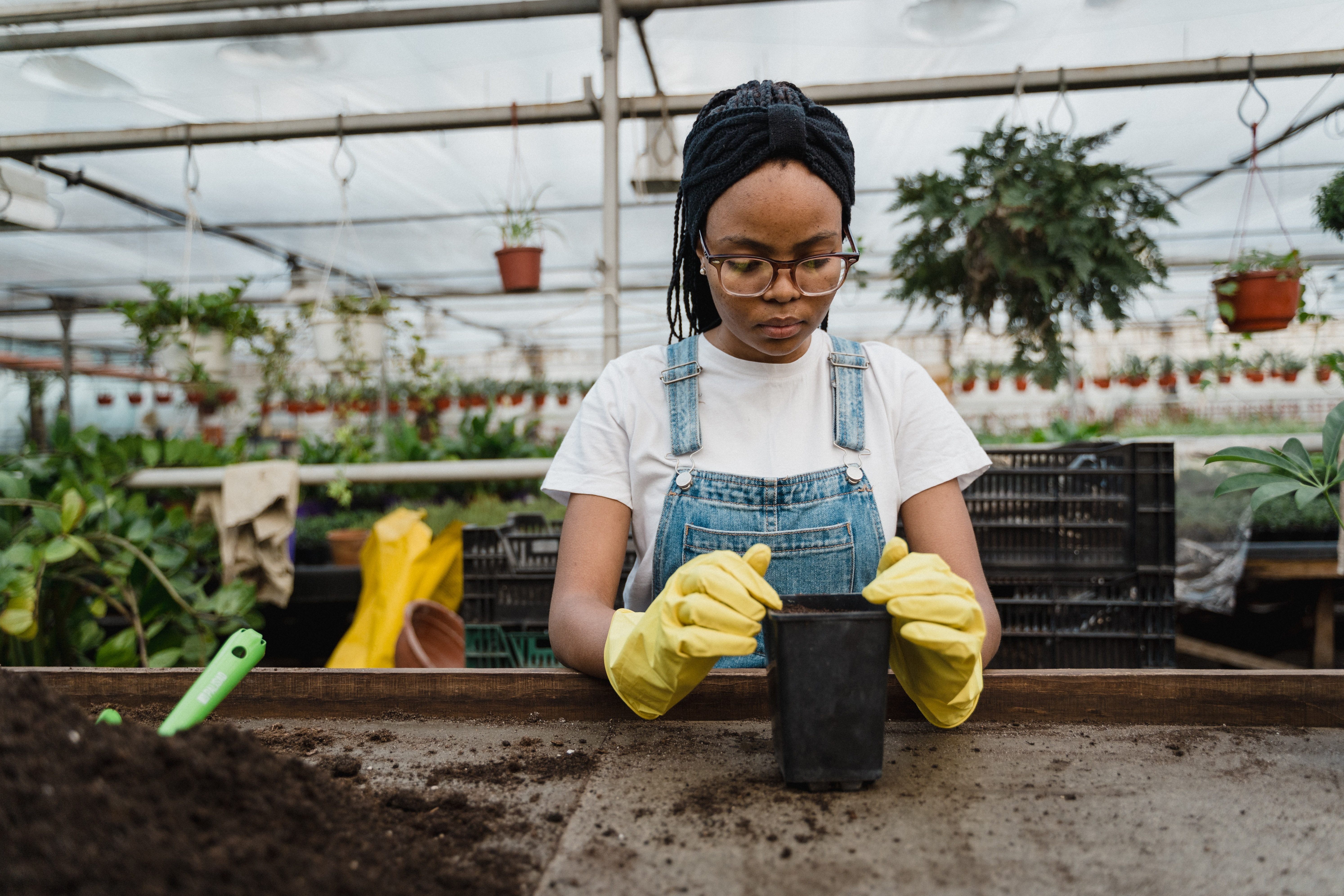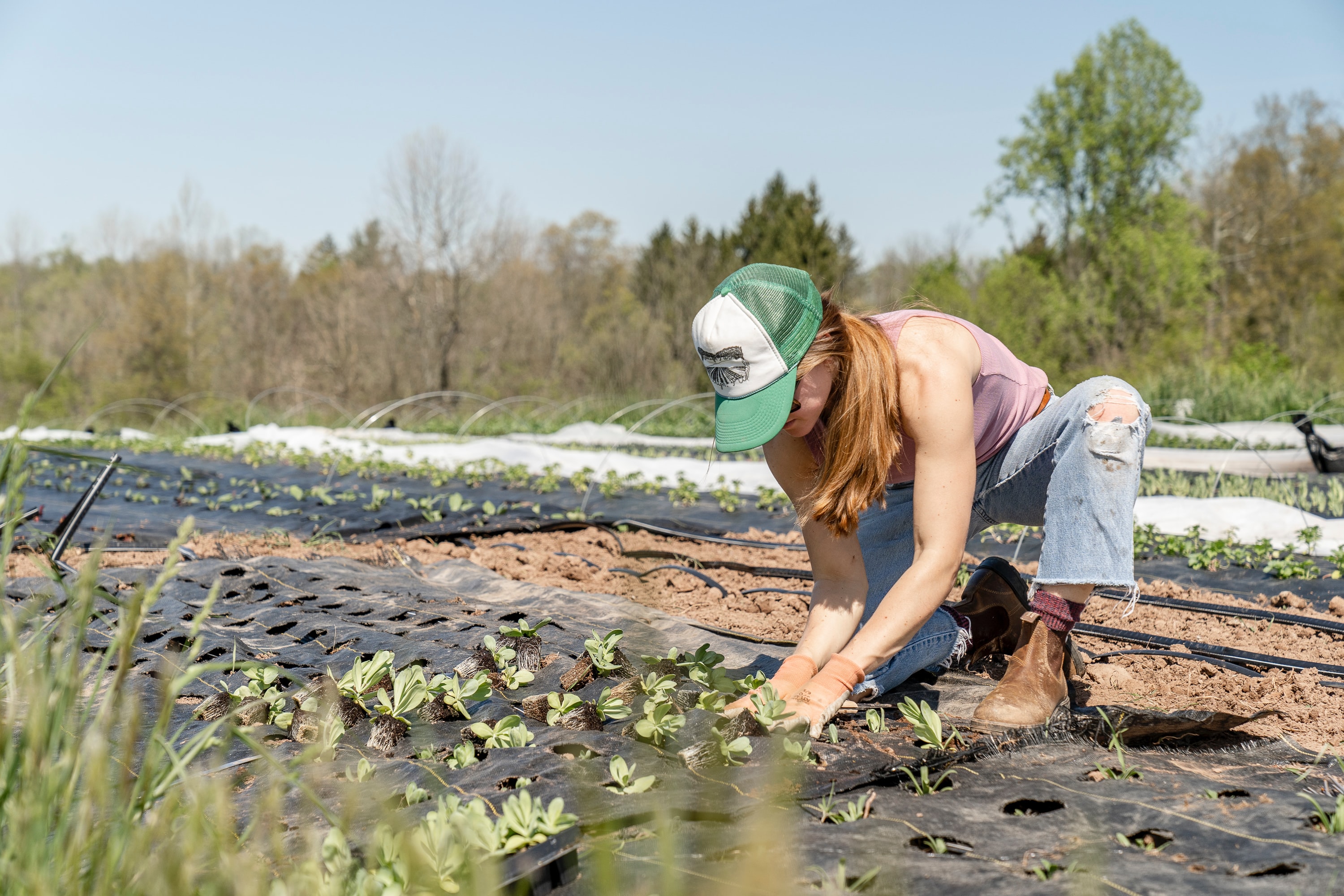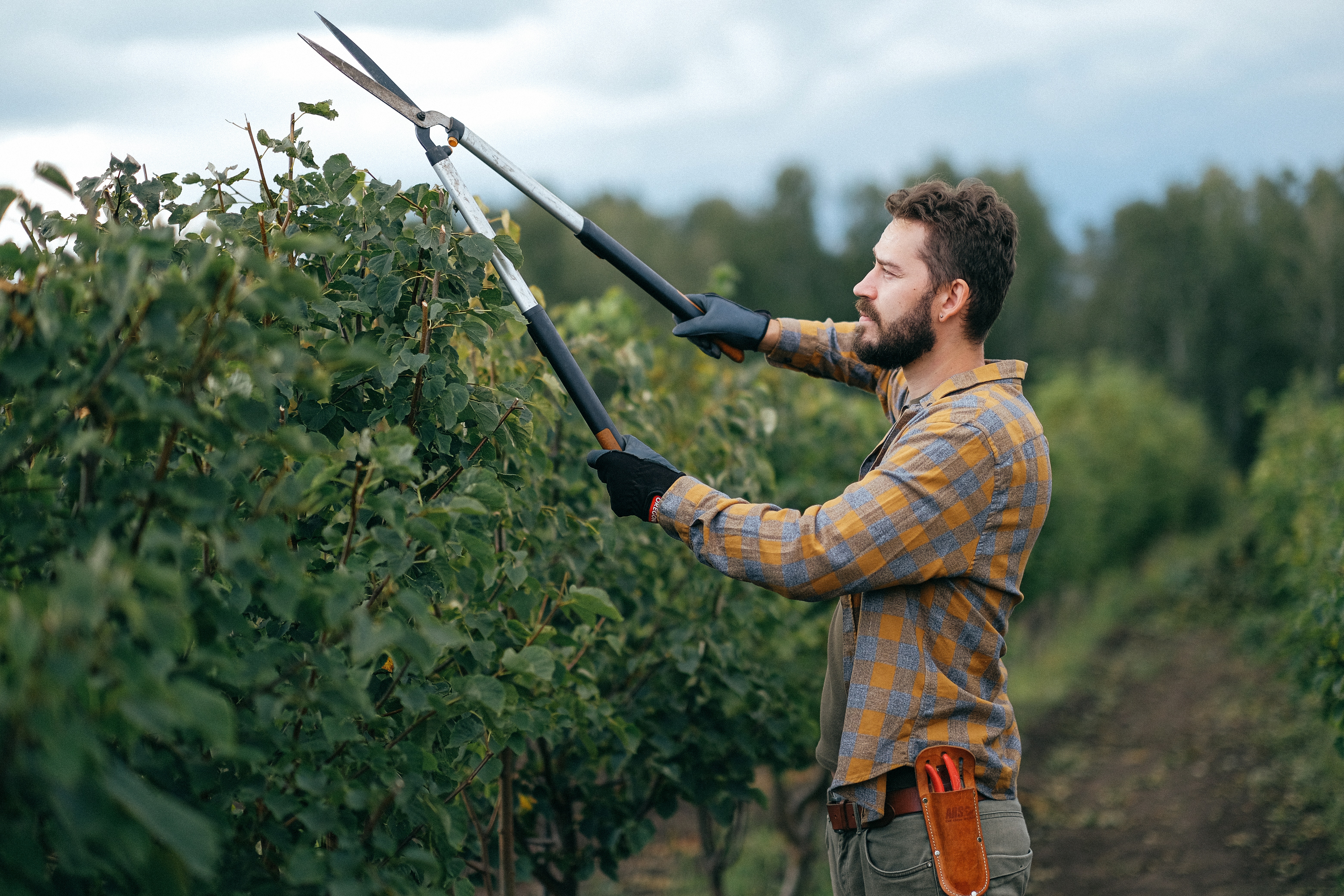Strength in numbers: boosting farmers’ skills through collaboration

Investing in farmers – or agriculture human capital – is equally as important as investing in irrigation systems or rural credit schemes.
Farmers’ education and knowledge influence their ability to make decisions, adopt new technologies, evaluate risks and manage farm resources.
A new case study from the State of Mississippi in the United States of America looks at the benefits of when agencies work together to provide education, resources and services to diverse agricultural clients.
This includes formal and nonformal education systems, government agencies, advocacy groups and youth organizations like 4-H clubs and Future Farmers of America (FFA).
The case study is one of several successful cases featured in a global study on agriculture human capital investments carried out by the FAO Investment Centre and the International Food Policy Research Institute, with support from the FAO Research and Extension Unit and CGIAR Research Program on Policies, Institutions, and Markets.

Working in plant nursery ©Pexel/Tima Miroshnichenko
Benefits of interagency collaboration
The case study’s authors write that the agriculture industry in Mississippi employs nearly 29 percent of the state’s population. It also boasts a farm-gate value – the market value of products minus their selling cost – of USD 7.45 billion.
But demand for agriculture-related jobs outpaces the number of people with the training and work-ready skills needed in the industry. Strengthening the capacity of agricultural workers calls for multiple approaches.
Based on interviews with agency representatives and clients and data analysis, the authors found that interagency collaboration broadened the expertise available and strengthened not only technical skills but also soft skills like communication and leadership.
They write that this led to “increased agricultural productivity, reduced expenses, higher individual or farm income, networks linking farmers and other producers, a better prepared workforce and a strong agriculture industry with good economic returns.”

Planting in nursery ©Unspash/Zoe Schaeffer
Elements of success
The authors recommend that individual agencies must be successful at strengthening agricultural human capital on their own to be successful in any interagency collaboration.
Agencies must have resources that are complementary to other agencies’ resources. Good communication among partner agencies and clearly defined roles, functions, resource sharing and decision-making are essential.
Finally, the authors suggest that technology can provide a path for collaboration, market connections and technical support.
John Preissing, Deputy-Director of the FAO Investment Centre and a co-author of the global study, was impressed by the Mississippi model.
“I knew the value of the US extension system’s partnerships between land grant universities in each state and government agencies, but the case of Mississippi was notable because they are partnering in a more deliberate way with vocational training institutes, 4-H clubs, FFA and other youth groups,” he said. “They are ensuring that young people in particular are getting the best preparation they can to be better farmers and entrepreneurs in the future.”

Farmer pruning branches. ©Pexels/Anna Shvets
That sentiment was echoed by Jocelyn Brown Hall, Head of FAO’s Liaison Office for North America.
“I’ve said it many times but it’s true, we can’t overstate the vital role youth play in our agri-food systems,” she said. “Equipping this future generation with the knowledge, skills and tools to meet agri-food challenges head on, from ending hunger and poverty to combatting climate change, is so important.”
In addition to this case study, you can read about interesting work in Cameroon, Chile, India, Indonesia, Kenya, Peru, Rwanda plus West and Central Africa, along with the global report.
